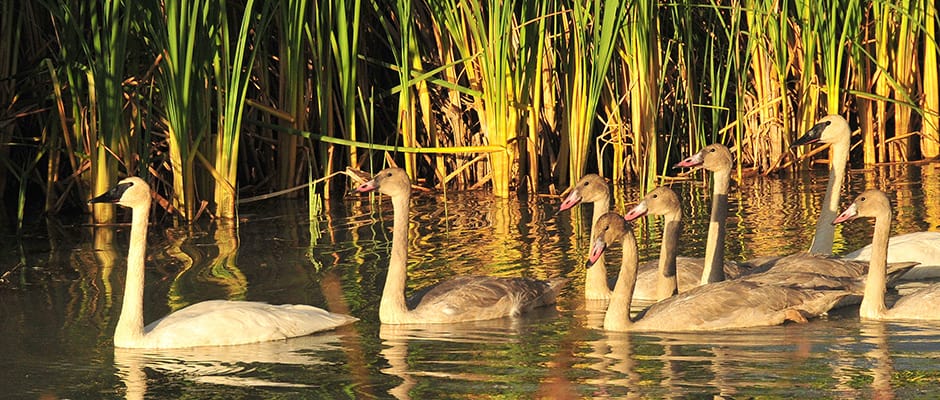Share this article
Contentious Clean Water Rule Finalized
After a lengthy rulemaking process, including an extended public comment and over 400 stakeholder meetings, the Environmental Protection Agency and Army Corps of Engineers announced their final rule defining waters of the United States.
The rule more clearly defines which waters receive protection after a series of Supreme Court decisions created regulatory uncertainty over which waters fall under the jurisdiction of the Clean Water Act. The rule extends clear and consistent protection for wetland habitats and other interconnected aquatic systems. No permitting requirements or previous exceptions are changed by the rule.
However, the rule still drew opposition from many groups and Members of Congress who viewed the rule as an extension of Federal regulation rather than an avenue to more consistently apply regulations already in place for water bodies within the nation.
However, the rule has been targeted by several attempts to legislatively delay or block its implementation.
S.1140, the “Federal Water Quality Protection Act” would effectively prohibited the agencies from finalizing the rule until they completed additional consultative requirements with state and local governments, despite the agencies hosting over 400 stakeholder meetings and soliciting comments from nearly 900,000 members of the public during the transparent rulemaking process.
TWS sent a letter in opposition to S.1140 as it was debated by the Senate Subcommittee on Fisheries, Water, and Wildlife during a hearing.
TWS has supported the rule’s development as it better rooted water protection efforts in the physical, chemical, and biological principles associated with aquatic systems. TWS initially submitted comments, which were developed with the support and expertise of the members of the Wetlands Working Group, to the agencies during the rulemaking process, suggesting language changes that would further clarify definitions of interconnected water bodies.
Source: Greenwire (May 27, 2015)
Header Image: Image Credit: Tom Koerner, USFWS








